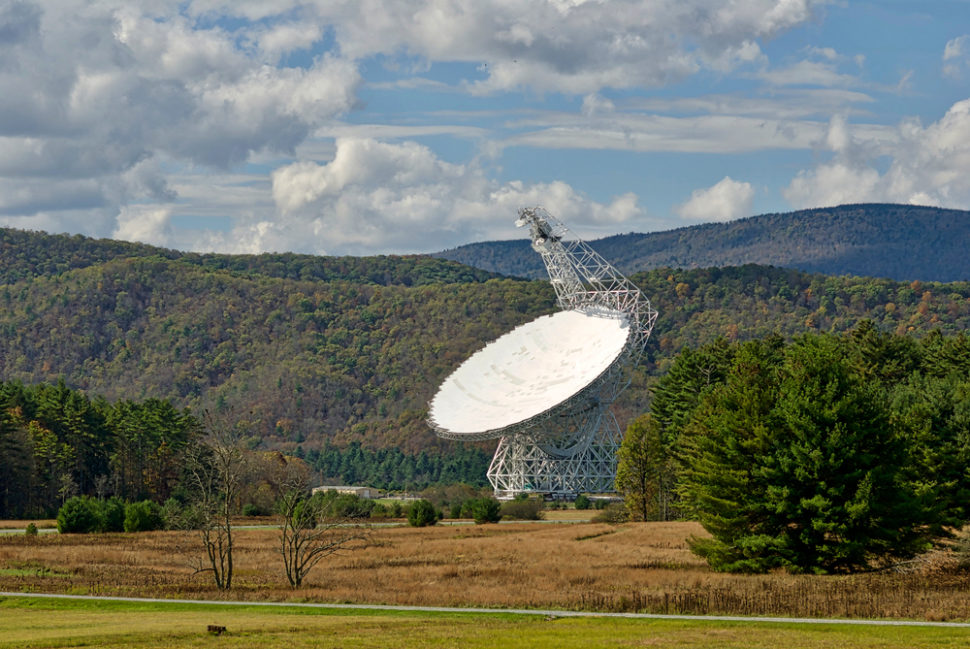Researchers have found hidden fast radio bursts from old data with the help of a machine learning algorithm.
To date, the origin of fast radio bursts that generally last for just a few milliseconds on average is still unknown. However, astronomers have continuously studied FRBs since it is believed that these powerful energy emissions hold significant information about the history of the universe.
Since FRBs are short, one-off events that are hard to catch or observe, a team of researchers at Breakthrough Listen, a SETI project spearheaded by the University of California, Berkely, has harnessed the power of artificial intelligence to discover new fast radio bursts.
In a study published in Astrophysical Journal, the researchers described how they used a machine learning algorithm to find 72 new fast radio bursts hiding in a data of a previously studied FRB source.
Last year, the Green Bank Telescope in West Virginia had recorded radio signals coming from a source, FRB 121102, in a remote region of the universe. Upon analysis of the data recorded over a five-hour period, the standard computer algorithm used by the scientists then had identified around 21 bursts.
A year since the said discovery, Ph.D. student Gerry Zhang from UC, Berkeley and his colleagues have developed a new powerful algorithm to reanalyze the data gathered by the Green Bank Telescope. With the new algorithm, Zang and his team were able to find another 72 bursts that were not detected before, bringing the total number of bursts from FRB 121102 to 300 since it was first observed in 2012.
“This work is only the beginning of using these powerful methods to find radio transients. We hope our success may inspire other serious endeavors in applying machine learning to radio astronomy.”
~Gerry Zhang, Ph.D. student, University of California, Berkeley
The researchers have reportedly used the same techniques that Internet companies nowadays use to optimize search results and classify images. They then trained the algorithm, known as a convolutional neural network, to identify the bursts found by the previous researchers and then use them to reanalyze the dataset and find bursts that might have been missed by the traditional approach.
The new findings suggest that the pulses from FRB 121102 have no regular patterns. That was if the pattern was more than 10 milliseconds.
“Whether or not FRBs themselves eventually turn out to be signatures of extraterrestrial technology, Breakthrough Listen is helping to push the frontiers of a new and rapidly growing area of our understanding of the Universe around us,” Zang went on to say.



















Comments (0)
Least Recent